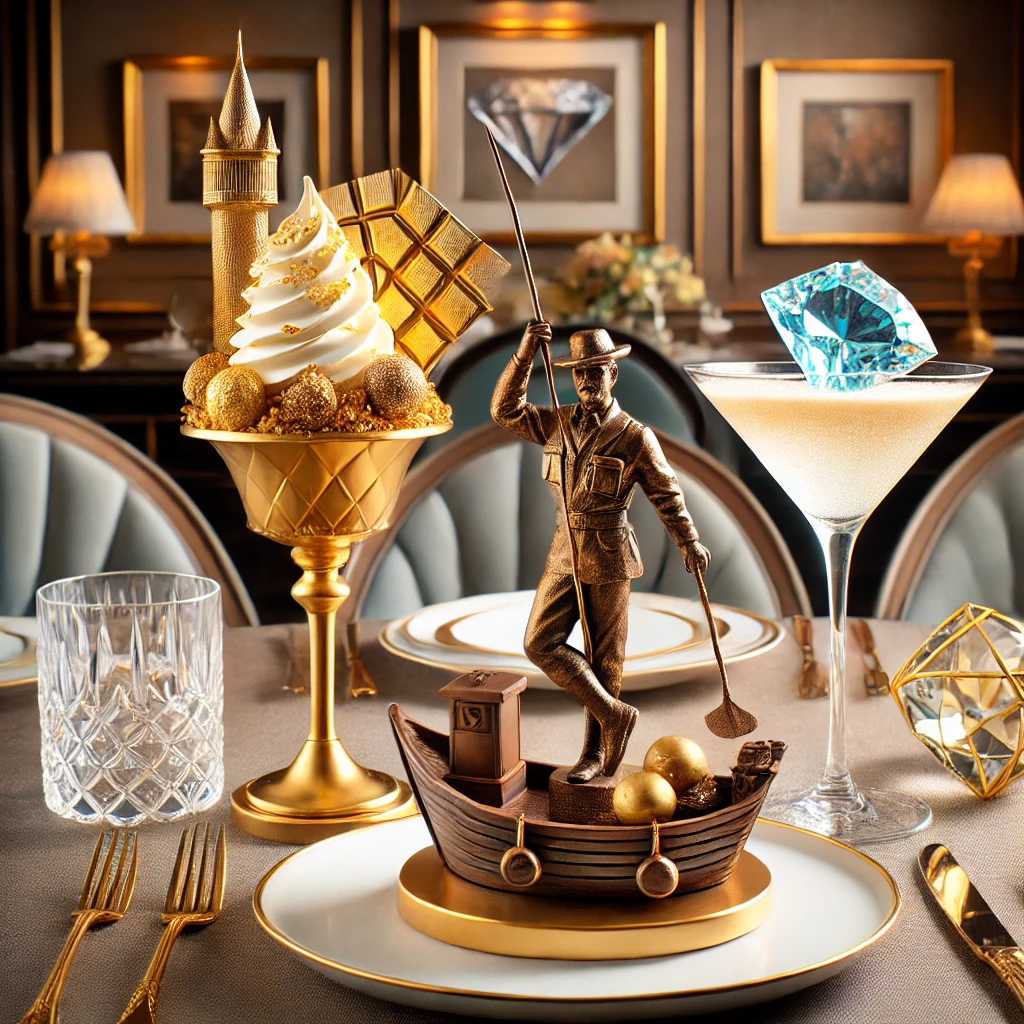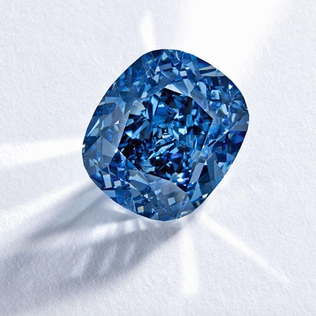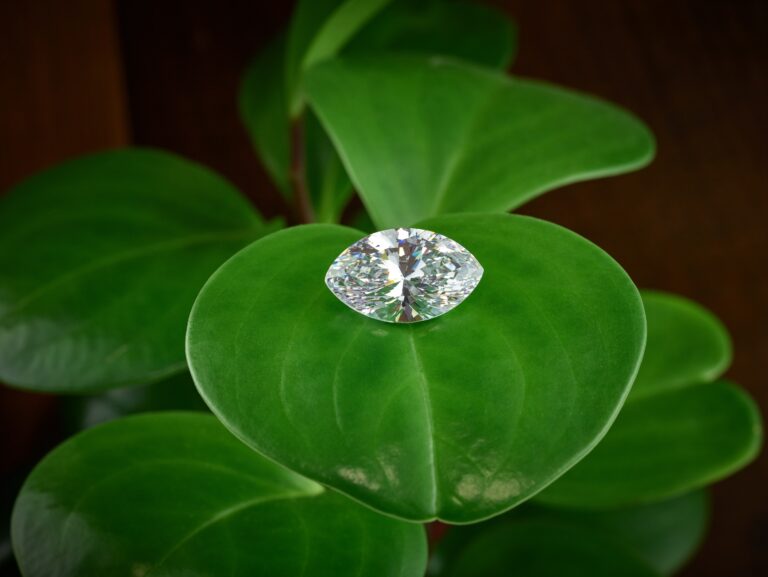
Imagine dining at a luxurious restaurant, where the dishes sparkle as brightly as the chandelier above. No, this isn’t a scene from a fantasy novel but a reality in some of the world’s most exclusive dining establishments. The inclusion of diamonds in culinary arts has taken gourmet cuisine to an entirely new level, offering a unique blend of extravagance and innovation. This article explores the fascinating and surprising use of diamonds in the culinary world, highlighting how these precious gems are transforming the art of fine dining.
The Glittering Beginnings
Diamonds have long been a symbol of wealth and opulence. Their use in jewellery and high fashion is well-known, but their transition into the culinary arts marks a new chapter in the history of luxury. The trend began with the introduction of edible gold and silver in gourmet dishes, which set the stage for even more extravagant culinary experiments. As chefs sought new ways to amaze their affluent clientele, diamonds became the next logical step.
Diamonds on the Menu
Edible Diamond Dust
One of the most popular ways diamonds are used in cuisine is in the form of edible diamond dust. This glittering substance is often made from crystallised sugar or other safe-to-eat materials that mimic the appearance of real diamonds. It is sprinkled over desserts, pastries, and even main courses to give them a sparkling finish. This edible dust not only enhances the visual appeal of the dishes but also adds a subtle, sugary crunch.
Diamond-Themed Culinary Art
Chefs are not only using diamonds as an ingredient but also as an inspiration for their culinary creations. Diamond-shaped chocolates, pastries adorned with diamond-like sugar sculptures, and even diamond-encrusted cocktails have become popular in high-end restaurants. These creations are meticulously crafted to reflect the brilliance and allure of real diamonds, providing diners with an unforgettable visual and sensory experience.
Real Diamonds in Dining
In some of the most exclusive dining experiences, actual diamonds are used as part of the presentation. For example, certain ultra-luxurious restaurants serve champagne with a small diamond in the glass. While the diamond itself is not consumed, it adds a tangible element of extravagance to the dining experience. These restaurants often partner with jewellery brands to offer diners the chance to keep the diamond as a memento of their lavish meal.
Notable Examples
Serendipity 3’s Golden Opulence Sundae
In New York City, Serendipity 3 offers the world’s most expensive sundae, the Golden Opulence Sundae. Priced at $1,000, this dessert is adorned with 23-karat edible gold leaf and served in a crystal goblet with an 18-karat gold spoon. This sundae, created to celebrate the restaurant’s 50th anniversary, includes Tahitian vanilla ice cream, Amedei Porcelana chocolate syrup, exotic candied fruits, and Grand Passion caviar, making it a glittering treat for those willing to indulge.
The Fortress Stilt Fisherman Indulgence
Offered by The Fortress Resort & Spa in Sri Lanka, this dessert is another extravagant creation priced at $14,500. It features a handmade chocolate sculpture of a fisherman on stilts, surrounded by edible gold leaf and served with an 80-carat aquamarine stone. The dessert itself is a blend of exotic flavours, and the inclusion of the gemstone elevates its luxury status.
Diamond Is Forever Martini
At the Ritz-Carlton in Tokyo, guests can enjoy the “Diamond Is Forever” martini, which is priced at around $18,000. This cocktail is made with chilled Grey Goose vodka, a hint of fresh lime, and served with a one-carat diamond resting at the bottom of the glass. This unique presentation allows diners to sip on luxury and take home a sparkling souvenir.
The Cultural Impact
The use of diamonds in culinary arts is not merely about showcasing wealth; it also reflects a deeper cultural trend towards experiential dining. In an age where diners seek unique and memorable experiences, the integration of diamonds into food offers a new level of luxury and storytelling. It transforms a meal into an event, where the line between art and cuisine blurs, creating a feast for both the eyes and the palate.
A Glittering Future
The future of diamonds in culinary arts looks bright as chefs continue to push the boundaries of luxury and innovation. From sparkling desserts to diamond-themed events, the trend shows no signs of slowing down. As technology advances, we may even see new forms of edible diamonds that offer unique flavours and textures, further enhancing the dining experience.
Conclusion
Diamonds in culinary arts represent the epitome of luxury and creativity. They transform ordinary dishes into extraordinary experiences, captivating diners with their brilliance and elegance. Whether it’s through edible diamond dust, diamond-inspired creations, or the use of real diamonds in presentation, these sparkling gems have found a unique place in the world of gourmet cuisine. As the trend continues to evolve, one thing is certain: the allure of diamonds will always add a touch of magic to the culinary arts.




